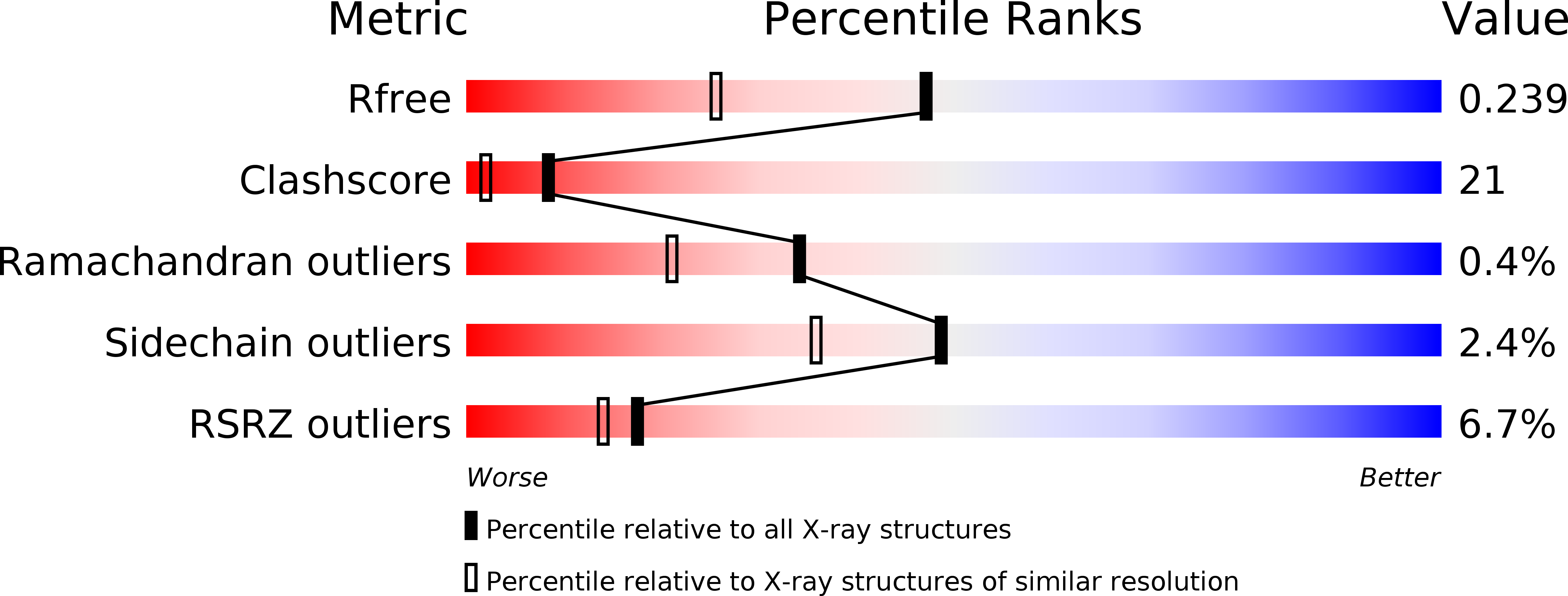
Deposition Date
2008-10-24
Release Date
2009-05-26
Last Version Date
2023-11-01
Method Details:
Experimental Method:
Resolution:
1.80 Å
R-Value Free:
0.23
R-Value Work:
0.19
R-Value Observed:
0.19
Space Group:
P 21 21 2


